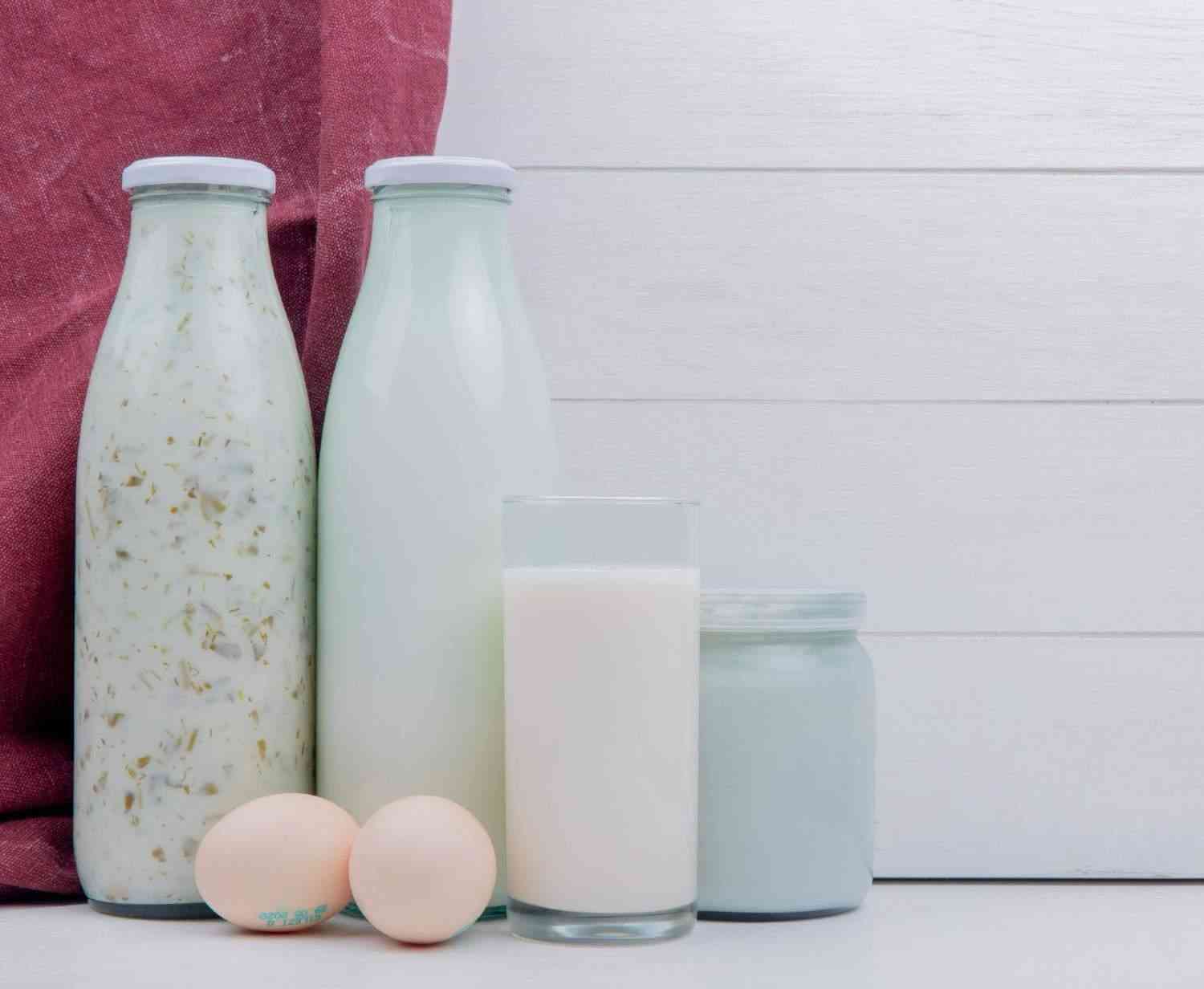The Booming Market of Breast Milk Storage Products: Convenience, Confidence, and Care in Every Drop

In today's world, the challenge of balancing motherhood and modern life has intensified, leading to the rise of breast milk storage products as a vital segment in the global baby care market. The outdated notion that breastfeeding must adhere to strict schedules or specific locations has been transformed. Modern mothers are now confidently pumping, freezing, and storing their milk, thanks to innovative solutions designed with hygiene, portability, and convenience in mind. The breast milk storage products market is projected to reach around $800 million by 2024, with an anticipated growth rate of over 9.1% CAGR from 2025 to 2030, buoyed by increased awareness of breast milk's benefits, more women entering the workforce, and advancements in storage technologies.
Exploring this unique and personal product category reveals that nourishing a baby goes beyond mere nutrition; it fundamentally encompasses trust, convenience, and care. As mothers adapt to the demands of contemporary life, these products play a crucial role in supporting their breastfeeding journeys.
From Necessity to Innovation: What’s in the Market?
The market for breast milk storage products presents a diverse array of options, including storage bags, bottles, freezer containers, pouches, and advanced smart systems that monitor pumping times and storage conditions through mobile applications. Currently, breast milk storage bags dominate the market, responsible for over 60% of global revenue in 2024, driven by their affordability, convenience, and compact design.
A recent survey revealed that 70% of breastfeeding mothers prioritize concerns regarding milk spoilage and hygiene, leading to an increased demand for features such as double-zipper locks, BPA-free materials, and temperature-resistant designs. In response to these concerns, several leading brands have innovated by offering sterilized, pre-sealed bags that transition seamlessly from breast pump to freezer to bottle warmer, effectively minimizing the risk of cross-contamination. This trend underscores the importance of safety and convenience in the evolving landscape of breast milk storage solutions.
For any additional information on the breast milk storage products market Contact us
Why the Demand Is Growing Especially Among Working Mothers
The rising number of working mothers, particularly in urban and semi-urban regions, has emerged as a significant demand driver for milk storage solutions. In India, the percentage of working women returning to the workforce within six months of delivery has witnessed an increase of over 35% since 2018, highlighting a growing need for compact, leak-proof, and travel-friendly milk storage options.
This trend extends beyond developing nations, with the U.S. also experiencing a surge in demand due to federal mandates requiring employers to offer lactation spaces. As a result, the adoption of portable electric breast pumps and milk storage kits has grown dramatically. Additionally, the integration of storage products into pump-and-feed systems has intensified consumer interest, prompting top brands such as Medela, Lansinoh, Philips Avent, and Spectra to implement more product bundling strategies to meet this burgeoning demand.
Tech Meets Motherhood: The Rise of Smart Storage
In the current landscape of the Internet of Things (IoT), breast milk storage solutions are becoming increasingly sophisticated. Innovative startups have developed Bluetooth-enabled devices designed to streamline the milk storage process. These devices connect to mobile applications that allow users to monitor key factors such as milk quantity, expiration dates, and temperature history. Additionally, certain systems can send alerts if the milk is left unrefrigerated for an extended period, offering reassurance to new mothers navigating their busy schedules. Though this market segment remains relatively niche at present, it is projected to experience significant growth, with an anticipated compound annual growth rate (CAGR) exceeding 12%. This growth is particularly expected in regions such as North America, Europe, and specific areas of East Asia, highlighting the increasing demand for smart solutions in infant care.
Eco-Consciousness and Reusability: A Quiet Revolution
As more consumers embrace sustainable lifestyles, the market is experiencing a noticeable shift toward products such as reusable glass containers, silicone storage bags, and biodegradable milk pouches. Although this eco-friendly segment currently constitutes a small portion of the overall market, it is expected to grow rapidly, with projections indicating it could reach $150 million by 2030. This changing landscape reflects a growing awareness of environmental issues among shoppers.
Brands that provide durable and recyclable options are becoming increasingly popular, particularly among millennial and Gen-Z parents. These consumers are more inclined to choose products that resonate with their environmental values, leading them to seek out solutions that prioritize sustainability. As a result, companies that focus on eco-friendly offerings are finding new opportunities for growth and connection with a conscientious audience.
Challenges on the Shelf: Counterfeit Products and Storage Guidelines
The market faces several challenges. One significant issue is the rise of counterfeit storage bags, which are often produced from low-quality plastic, particularly in areas where e-commerce regulations are weak. In response to this problem, multiple brands are implementing QR-code-based authenticity checks on their packaging. Furthermore, a lack of consistent awareness regarding proper storage guidelines, such as the duration breast milk can be safely stored in the refrigerator or freezer, poses additional obstacles. To address these concerns, education campaigns and product packaging that feature clear storage timelines and safety icons are being developed to enhance consumer understanding.
No FAQs available at the moment.